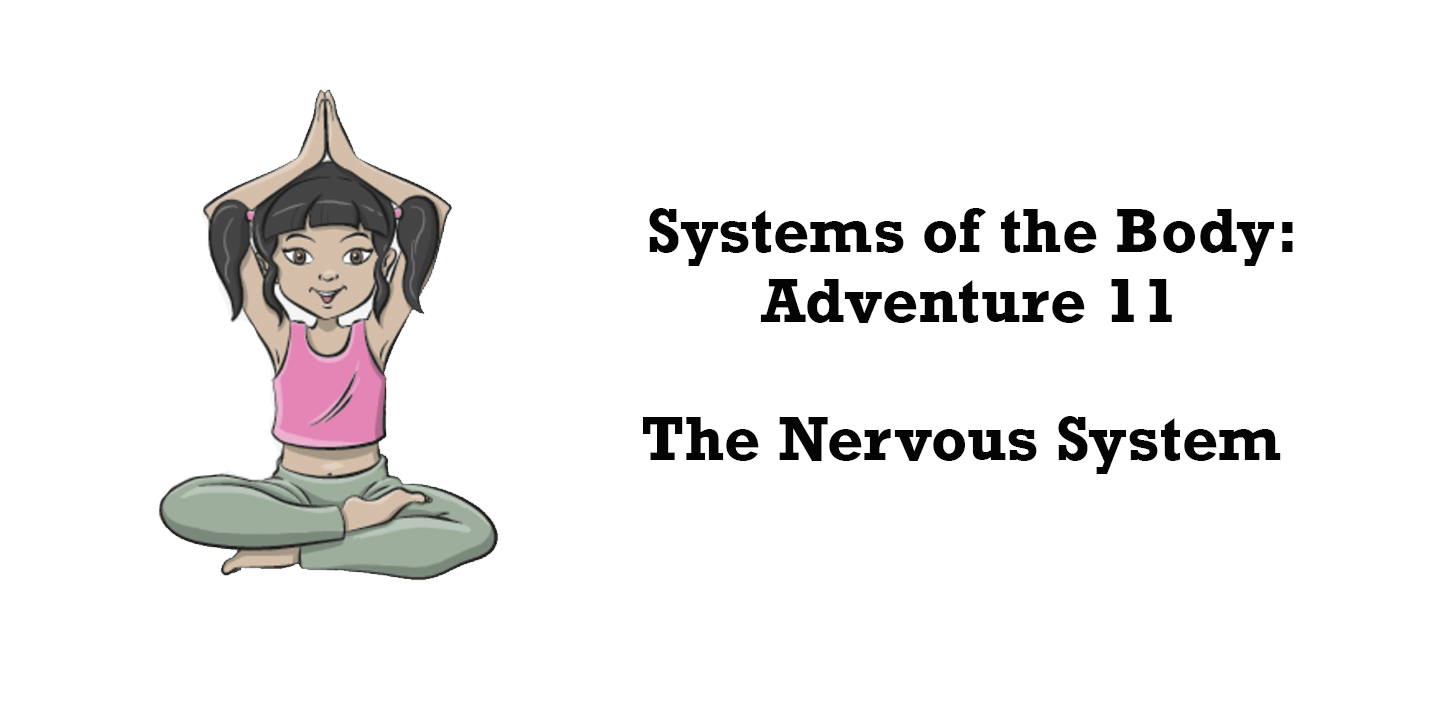
1. Meditation
Meditation is a practice dating back to ancient times. Early Hindu and Buddhist monks discovered techniques that allow a meditator to train their attention and awareness. There are many different forms of mediation, and all of these forms have different goals. Some styles are designed to bring up particular emotions, like love and joy. Other forms, like mindfulness meditation, are designed to help you better control your attention and awareness, and to help you regulate your emotions (parents, if you’d like to learn more about emotion regulation in kids, ask our resident psychology PhD student by submitting your interest on the Ask Dr. B page!
Do you ever find your mind wandering too much? It happens to the best of us -you set out to do something but forget to do it because your attention was elsewhere. Mindfulness meditation is a practice you can do to help you control your attention in these moments instead of being lost in thought or distracted.
Meditation can feel weird at first, but the more you practice, the easier (and more helpful) it becomes!
5-Minute Mindfulness Meditation Guide
1. Sit upright with your back supported with a cushion. Sit in a quiet, comfortable place.
2. Close your eyes and take a few deep breaths. You may notice your body rising and falling subtly as you breathe. Pay attention to the sensations in your body, and simply see them as they arise.
3. Let your breath return to its natural pace. Don’t try to control your breathing anymore. Instead, simply breathe and focus on the sound and feelings that come with it. For example, you might focus on the tickling sensations under your nostrils or the rising and falling of your chest and abdomen.
4. Your mind might begin to wander. Neuroscientists and psychologists understand pretty well that human minds have a tendency to do this, known as “stimulus-independent thought.” When that happens, simply notice that your mind has wandered, and then use that as a cue to return your attention to your breath. Return your focus to your breathing whenever you get distracted.
That was easy, right? Probably not. Most beginner meditators struggle with this exercise, but that’s okay -we all have to start somewhere. The more you practice, the better you’ll get, and the better you get, the more control over your attention and awareness you will have.
The Neuroscience of Meditation
When studying the brain, neuroscientists use a technique known as fMRI, an imaging technique that measures brain activity by detecting changes in blood flow. Blood flow is a good indicator of what the brain’s up to, because blood flow and brain activity are closely coupled together. When researchers watch people meditate in a fMRI machine, they’ve observed some pretty interesting things happening in the meditators’ brains.
When studying the brain, neuroscientists use a technique known as fMRI, an imaging technique that measures brain activity by detecting changes in blood flow. Blood flow is a good indicator of what the brain’s up to, because blood flow andbrain activity are closely coupled together. When researchers watch people meditate in a fMRI machine, they’ve observed some pretty interesting things happening in the meditators’ brains.
Photo credit: NIMH
Research shows that meditation reduces activity in what is known as the default-mode network (DMN)--consisting of the medial prefrontal cortex*(towards the front of your head) and the medial parietal cortex*(towards the back and top of your head). The DMN is highly active when we are thinking about things that directly impact us--for instance, “What am I going to eat today?” or “I wonder how I did on that test?” This might be, in part, why meditation is linked to reductions in stress, anxiety, and depression, as overthinking tends to stress us out.
This is particularly important for young people, as research shows that early exposure to stress can structurally and functionally change the amygdala*, which is the part of the brain most associated with fear. Studies found that meditation particularly impacted the right basolateral* amygdala, which was correlated with reductions in stress levels.
Finally, meditation has been linked to increases in white matter density in the brain. White matter helps messages get communicated efficiently throughout the grey matter of the brain, and is important for learning and other mental functions. Grey matter is responsible for processing information--it’s crucial for muscle control, making decisions, and sensory perception (seeing, hearing, tasting, smelling, and feeling through touch).
It might seem strange at first to sit down, close your eyes, and try to do, well...nothing. Trust me, though, the weirdness is worth sticking out -the benefits of meditation are nothing to scoff at! Try it with friends and family, and practice on your own time too.
*Say it like this...
Medial Prefrontal Cortex: MEE-de-ul pre-FRUN-tul CORE-tex
Medial Parietal Cortex: MEE-de-ul per-EYE-uh-tul CORE-tex
Amygdala: ah-MIG-dah-la
Basolateral: bay-so-LA-ter-ul
2. Mr. Egghead
Remember that the central nervous system consists of the spinal cord and the brain. If you look at human anatomy and isolate the central nervous system, it almost looks like a snake-like creature. While it might look a bit spooky on its own, the central nervous system is responsible for most of the functions of your body and mind.
One part of the central nervous system that we don’t think about quite as often (or at all!) is the cerebrospinal fluid (say it like this: suh-ree-brow-SPAI-nuhl FLOO-uhd) - we’ll call it CSF for short. The cerebrospinal fluid is a colorless fluid that keeps the brain and spinal cord from harm. Among other vital functions to the central nervous system, cerebrospinal fluid supports the weight of your brain, allows the brain to maintain its density, and removes waste products.
Materials:
- 2 Eggs
- Markers
- Tupperware bin
- Water
To illustrate how the cerebrospinal fluid defends your central nervous system, you will need to create a volunteer for an experiment. His name is Mr. Egghead the 1st. He is a very important egg, and he is also a friend.
First, draw Mr. Egghead’s face on an egg. His yolk represents his brain, and his shell represents an outer layer of the brain called the dura mater(if you want to learn more about the layers of the brain, ask Dr. B...). Then, place Mr. Egghead into a Tupperware container, which is Mr. Egghead’s skull. Next, close the container and give it some good, hard shakes. Mr. Egghead’s brains are probably now splattered all over his skull! How gruesome!
Now make a second Mr. Egghead. This time put water into the Tupperware along with the egg. The water represents the cerebrospinal fluid. Give the container a few good hard shakes again. If you’re noticing how much harder it is to crack Mr. Egghead, Jr.’s brain open, that’s because the liquid has done its job and absorbed the shock. Mr. Egghead is probably feeling pretty grateful for his CSF right now - and so should you!
For more activities on the brain:
Get ready to getbrainyas we learn the wonders of the Nervous System!
Inside Adventure 11, you will find fun Nervous System activities for kids that include experiments, crafts, comics, word games, recipes, and more!









Leave a comment (all fields required)